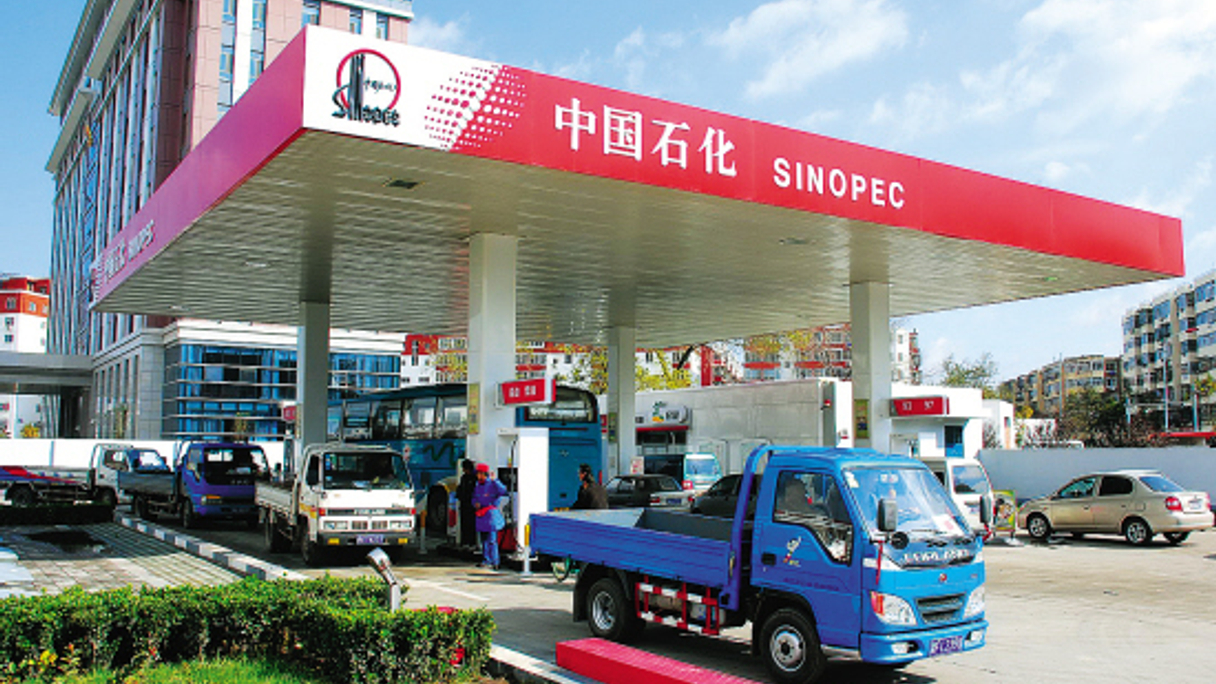China Petroleum & Chemical Corp (Sinopec) raised $3.5 billion through a multi-tranche bond early Friday morning. The company, which is China’s biggest oil refiner, is the latest major state-owned enterprise to issue a dollar bond to fund overseas acquisitions.
¬ Haymarket Media Limited. All rights reserved.



